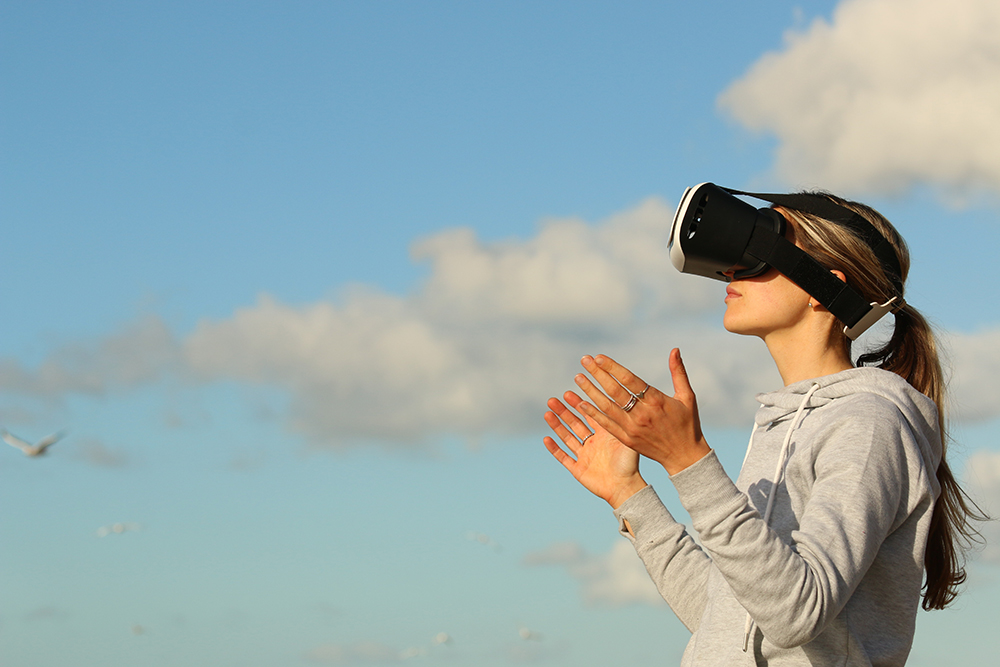Dare say, marketing is very much about mindfulness.
Meeting the moment of truth with grit, strategy and communication delivered consistently. For most marketers identifying their audience a much simpler task, however, the challenge on how to engaging, manage and keeping this audience interested in your brand story.
Adding to the challenge is the intense clutter of information that is constantly mounting with active social media users. So, here is my submission and an opened ended exploration on a another medium of mesmerising your customers, augmented reality aka AR.
By definition: Augmented reality (AR) is a field of computer research which deals with the combination of real-world and computer-generated data (virtual reality), where computer graphics objects are blended into real footage in real time.
At present, most AR research is concerned with the use of live video imagery which is digitally processed and “augmented” by the addition of computer-generated graphics. Advanced research includes the use of motion-tracking data, fiducial markers recognition using machine vision, and the construction of controlled environments containing any number of sensors and actuators.
Augmented Reality technology continues to propel the events industry towards creating powerful immersive experiences. Whether it be improvements in sensor based, layering reality with projection, or interactive augmented reality booth, the collective advancement of technology plays a significant role in the evolution of the consumer engagement strategy. Among the event trends that continue to shape the space, virtual and augmented reality have become key catalysts for innovation.
Effective augmented reality marketing strategy can be formulated keeping these aspects in mind:
- Identify the target audience and the best or most suitable platform to reach out to them
- Connect all efforts to social media, to improve virality and reach across social users
- For online sales of apparels, real estate and accessories, consider the functionality of virtual try-on to improve conversions and trails.
- Learning and education are also benefiting from AR
Let’s review this with some examples:
Brand: Pepsi MAX
PepsiCo launched a campaign to promote Pepsi Max in an unforgettable way. They simply pranked the daily commuters using the bus stop with an AR-enabled display. Travelers were shown a prowling tiger, a meteor crashing, and an alien tentacle grabbing people off the street.
Brand: Disney
So, how do you make colouring more amazing than it already is. Disney knew just how to do that with augmented reality. Disney research developed technology that makes colouring book characters 3D as they are being colored.
So, while you colour watch the characters come alive.
So, if you are wondering how to make it work for your brand, the ways and creative options are unlimited and the investments are quite reasonable.

